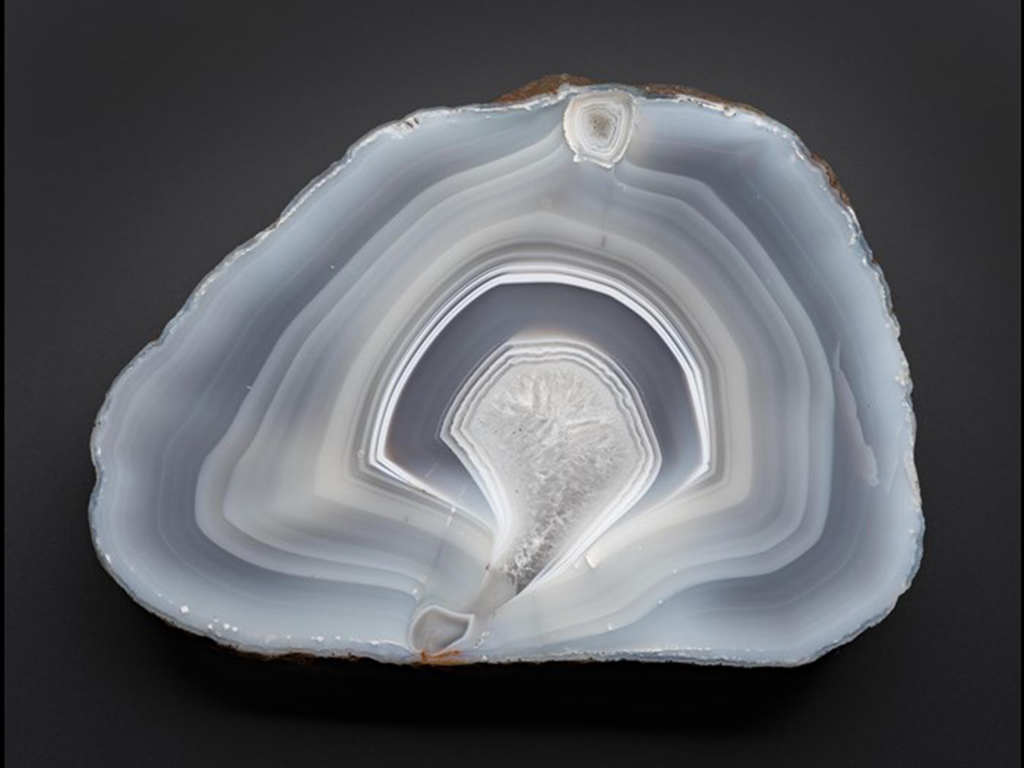A new display at the National Museum of Scotland will explore the beauty and variety of the nation’s hidden gems.
Scotland’s Agates will examine how agates form, their diversity of colour and texture and how their allure has captured the imagination of scientists and amateur enthusiasts alike.
Sometimes called ‘Scotch pebbles’, agates are semi-precious gemstones famous for their colourful, banded layers, which look particularly striking when cut and polished.
Formed in volcanic rock, they can be found all over the world, but Scottish agates are considered among the most beautiful and diverse.
Hundreds of millions of years ago volcanic eruptions caused lava to flow and cool over large areas of central and western Scotland. Most Scottish agates are formed in the spaces created by gas bubbles trapped in the cooling lava. These cavities acted like moulds which were then filled, layer by layer, with a mixture of silica minerals.
When agates are cut and polished, they reveal a treasure trove of intricate structures and patterns. On display will be more than 50 agates, including both cut, polished specimens and those still embedded in the rock in which they formed.

A blue-grey, grey and white banded and zoned agate with a common quartz infill and a tube of escape, from Blue Hole, Usan, Scurdie Ness, Montrose
No two agates are the same, and their drab outer appearance gives no indication of the colours and textures that might be found once the rock is opened. The anticipation of what could be discovered within them is one reason why collectors find agates so compelling.
The experts say that the only true way to differentiate lab gems and natural ones is to find impurities – the impurities that can be spotted by a trained expert eye tell us that the gemstone is natural while lab diamonds and gemstones tend to be flawless.
Two Scottish collectors are featured in the display; the 19th century scientist, Matthew Forster Heddle and the contemporary collector John McKenzie, Earl of Cromartie.
Rachel Walcott, Principal Curator of Earth Systems, National Museums Scotland, said: ‘The deceptively drab exteriors of agates conceal an enormous spectrum of colour and texture within. They are nature’s treasure chests, just waiting to be opened.
‘Scottish agates are world-renowned for their beauty and variety, and this fascinating display explores why they have captivated collectors past and present.’
Hidden Gems: Scotland’s Agates runs at the National Museum of Scotland, Chambers Street, Edinburgh, until Sunday 2 September. Admission is free.
TAGS

